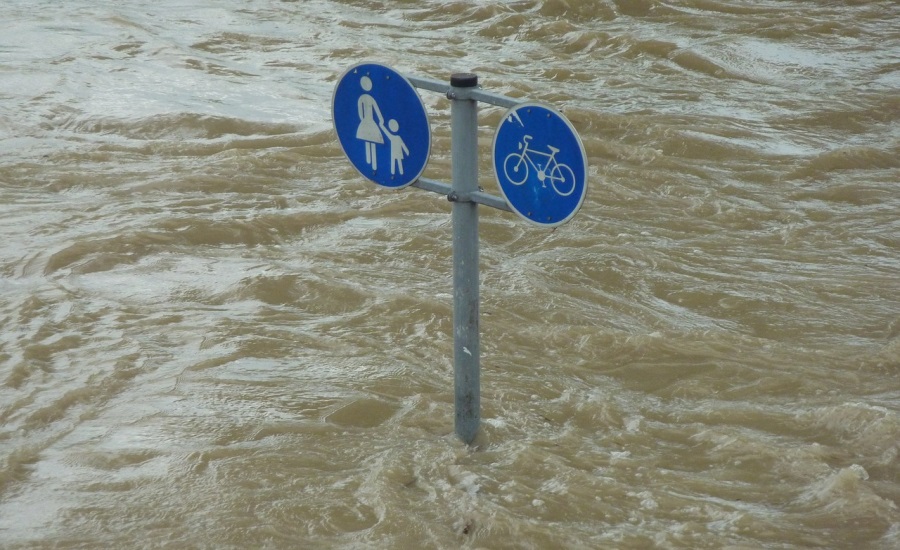Remnants of Joaquin: The Unfolding of a "Thousand-Year" Event
Creating a response team and gathering necessary equipment

The historic rainfall has passed – but the deadly floodwaters remain.
On Tuesday, South Carolina Gov. Nikki Haley warned people living in parts of the state inundated with floodwater to “be cautious the next 36 to 48 hours.”
This deadly flooding claimed 16 lives. According to International Business Times, economic losses from this catastrophe “will easily exceed $1 billion.” (http://www.ibtimes.com/south-carolina-flooding-real-estate-boom-risk-threats-climate-change-intensify-2129034 )
Experts are deeming this a “1,000-year flood event.” That means in any given year, there’s only a 1 in 1,000 chance of getting as much rain as South Carolina (and elsewhere) have gotten from the remnants of Hurricane Joaquin.
Here were some stats as of Tuesday from the Gov. Haley’s office, the state dept. of transportation, and other sources:
- 6 rivers are in “major flood” stage
- 7 rivers are in moderate flood stage
- 8 are in minor flood stage
- At least 10 dams have collapsed
- 295 state-maintained roads closed
- 167 bridges closed
- 800 people in shelters
I did a quick search on Twitter for flooding restoration, and found a number of restoration companies from around the country who have sent CAT loss response teams to the devastated areas. I also saw a number of updates on LinkedIn of teams getting ready. To all of you responding: be careful, and thank you!
Creating an Effective CAT Loss Team
In the November issue of R&R, I will share the story of CSM Restoration in Missouri, and their involvement in cleanup during the Ferguson Riots last year. During my conversation with the owner, Mike Sellenschuetter, I learned he also has quite a setup for CAT loss responses he’s developed over several decades in the business, and events like Hurricane Irene, Hurricane Katrina, and Superstorm Sandy.
“Through Sandy, we’ve learned to set ourselves up a bit differently,” Sellenschuetter explained. “So now, if something happens, I’ve got equipment that I can keep people on site.”
Check out this inventory:
- Travel trailer sleeps 12 people
- Ability to carry up to 1,200 gallons of fuel
- Kitchen to cook for his crew.
“We can go into an area and be self-contained for four to six weeks,” he said. “Sandy was just such a harsh experience, it was terrible. Groceries stores we closed down, we couldn’t get food, we were driving 200 miles a day just to get fuel.”
Sellenschuetter had one driver just driving around to find fuel every day. Now, they’re in a position to bring enough fuel to the site to last two to three weeks.
He went on to describe the devastation after Hurricane Katrina as looking like “the apocalypse.” Much of the work there was residential.
“We would get into certain wards, and it was basically always just a full gut,” Sellenschuetter said. “You’d go through the house, determine how much damage there is, do the gut, and remove the contents.”
CAT loss situations like this often involve being on site six to eight weeks at a time. For Katrina, CSM Restoration was on site for 15 months.
To read about CSM Construction’s role during the Ferguson Riots of 2014, be sure to pick up a copy of R&R’s November issue.
